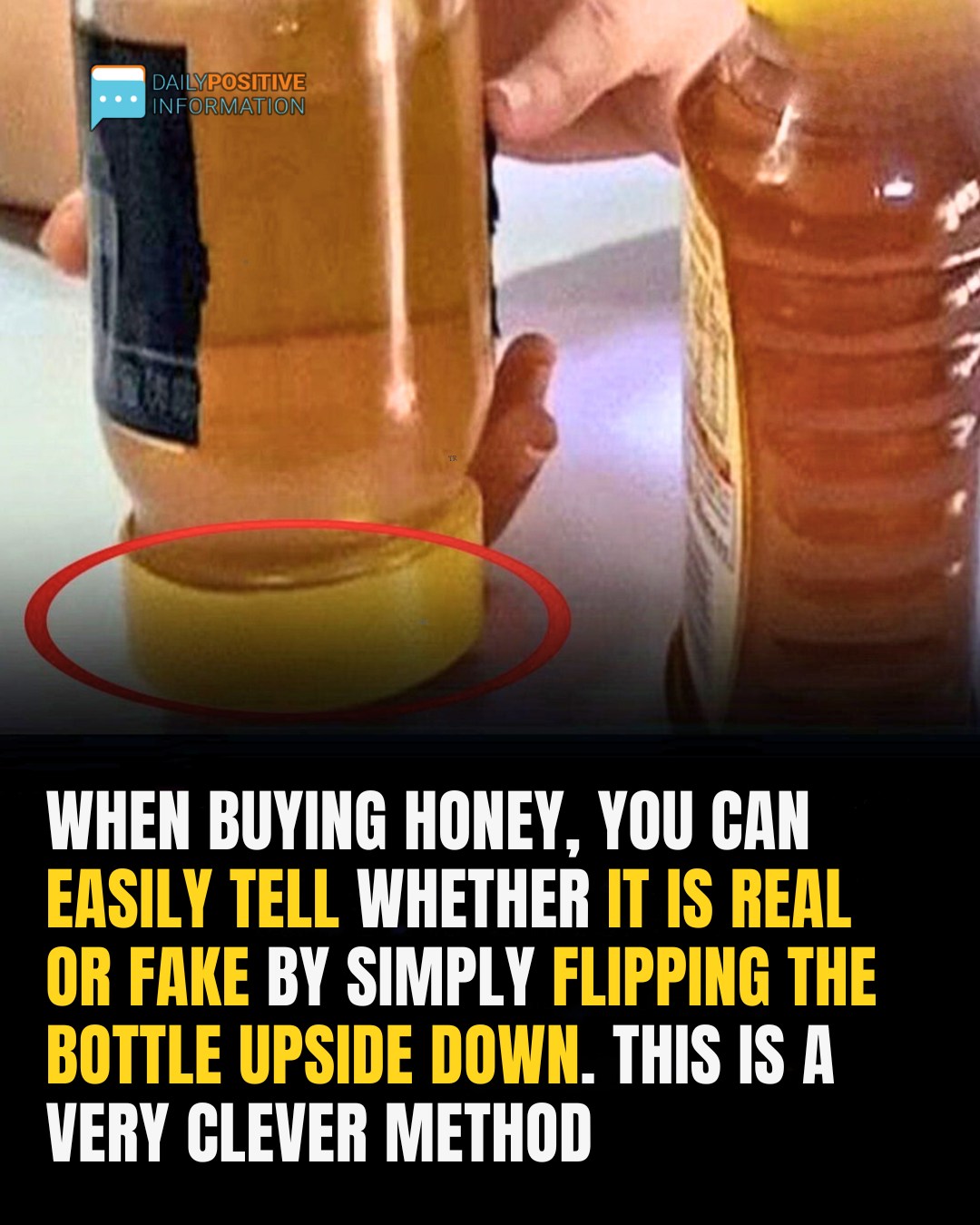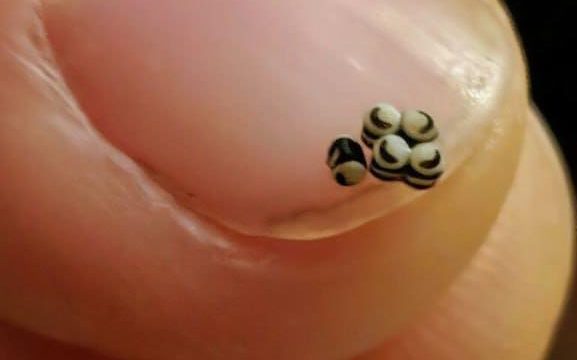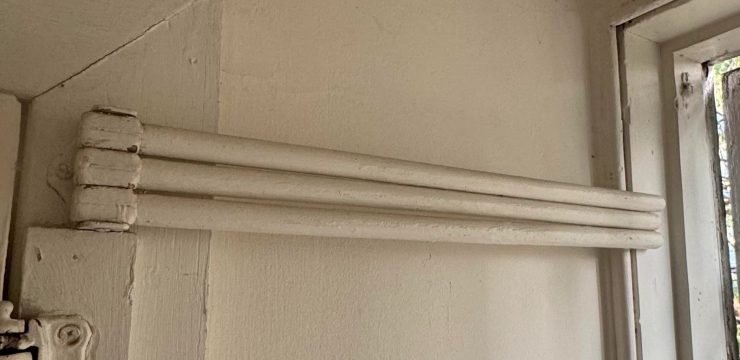In recent years, the presence of fake honey in the market has become an increasingly alarming issue, particularly across Europe. According to a report from the Active Consumers organization, a recent inspection found that 5 out of 10 honey brands tested failed to meet the minimum standards required for authentic, natural honey.

This isn’t just about misleading labels—it’s a serious matter concerning food quality and consumer trust. To meet established quality standards, honey must adhere to specific scientific benchmarks: water content should remain below 20%, electrical conductivity must not exceed 0.8 mS/cm, hydroxymethylfurfural (HMF) should stay under 40 mg/kg, diastase activity needs to be at least 8 Gote units, and the proline content should not fall below 180 mg/kg. When honey doesn’t meet these standards, it is either substandard or entirely fake, and unfortunately, these products are still reaching store shelves.
So, how exactly is honey being faked? There are two primary methods that dishonest producers use to manipulate honey for higher profits. The first is dilution—producers mix natural honey with glucose-fructose syrup, which significantly increases the volume of the product while slashing production costs. The second method involves harvesting honey before it has matured in the hive. This premature extraction leads to honey with a higher water content and much lower nutritional quality. In both cases, the resulting product may look and taste like honey, but it falls short in both purity and value, failing to meet the essential criteria that define real honey.
Naturally, many consumers want to know whether it’s possible to identify fake honey at home without sending it off to a lab. A quick search online reveals numerous DIY tests that claim to distinguish real honey from counterfeit. One of the most talked-about methods is the napkin test. According to this idea, placing a drop of honey on a napkin should help reveal its authenticity—real honey supposedly stays in place, while fake honey will spread and form a wet ring due to higher water content. While this test might offer some insight, it’s not foolproof. Certain types of genuine honey, such as acacia, are more liquid by nature and can behave similarly to adulterated products, making this test unreliable when used alone.
Another internet-popular test is the so-called hexagon shape test. It claims that if you shake honey under water, pure honey will form hexagon patterns due to its natural structure. This one, unfortunately, is entirely false. There’s no scientific foundation for this claim. Regardless of whether honey is real or fake, it generally just sinks and slowly dissolves without forming any special shapes. Then there’s the myth that ants avoid real honey because it contains some kind of natural deterrent. While that might sound impressive, it’s also completely untrue. Ants are attracted to sugar, and honey—authentic or not—is packed with it. Bees don’t add any kind of ant-repelling chemicals to their honey, so ants will gladly feast on any kind of sugary substance.
One test that does offer some partial truth is the density and dissolution test. The idea here is that real honey should be thick, dissolve slowly in water, and when you flip the jar, you should see a slowly moving air bubble. While this can provide clues, it’s still not definitive. Different varieties of honey have different consistencies—some are naturally more runny due to floral sources or climate conditions. This means that even authentic honey might not always perform the way this test predicts.
At the end of the day, the truth is disappointing for those hoping for a reliable at-home solution. There simply isn’t a DIY test that can accurately confirm whether your honey is 100% pure. That’s why honey remains one of the top three most adulterated foods in the world, alongside milk and olive oil. With advances in food fraud techniques, counterfeit honey can look, smell, and even taste just like the real thing. Unless it’s tested in a lab, there’s no way to be completely sure. The best advice for consumers is to purchase honey from trusted sources, ideally local beekeepers or brands with transparent sourcing and quality certification. While the risk of buying fake honey is real, staying informed and cautious about where you buy it from can help ensure you’re getting the natural product you’re paying for.





